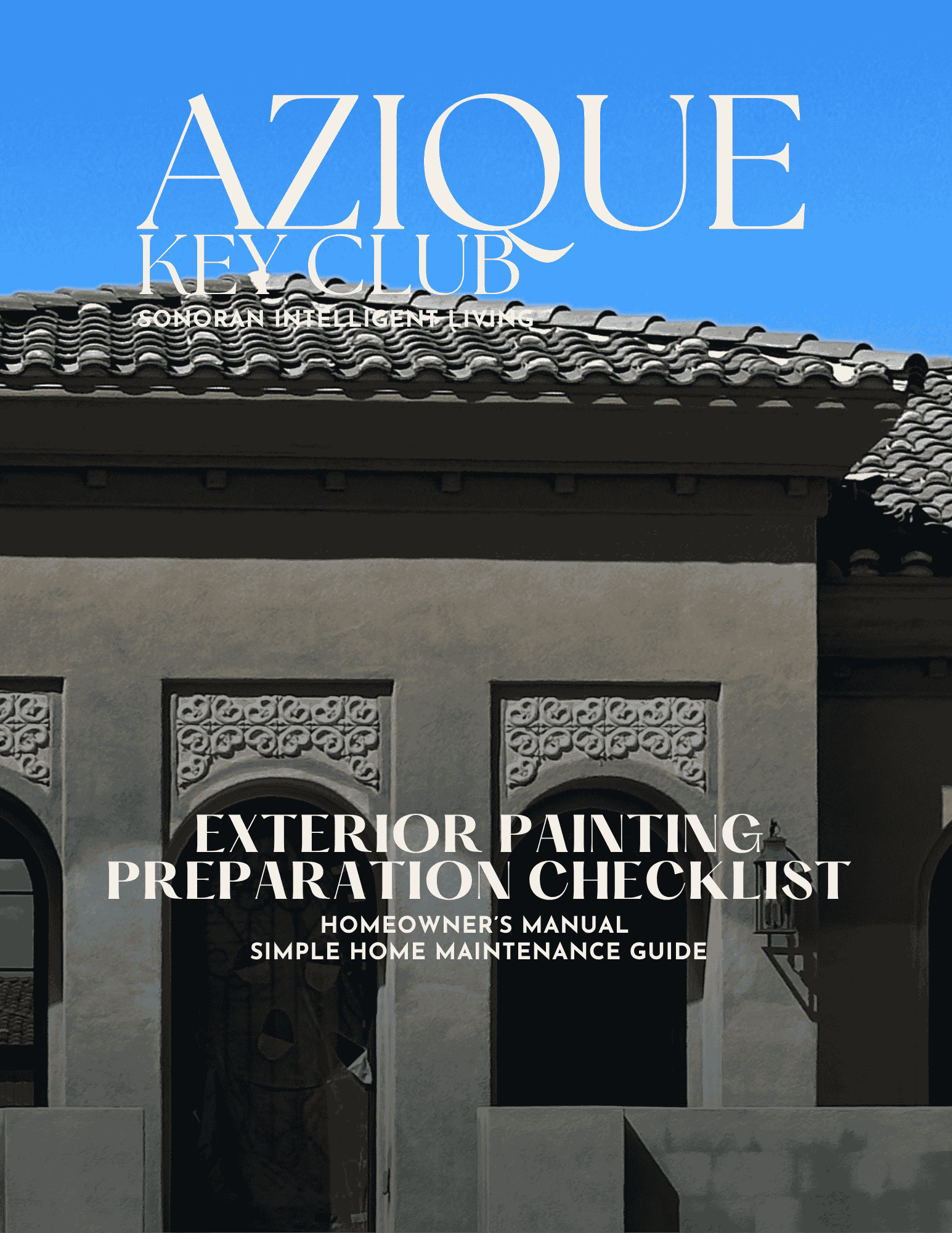
Flat Coated Roof Maintenance Checklist: Prevent Leaks, Ponding, and Costly Repairs

Arizona’s modern skyline—ranging from Phoenix’s urban lofts to industrial parks in Tempe—reveals the growing popularity of flat coated roofs. These structures, favored for their sleek aesthetics and efficient use of space, are also uniquely vulnerable to the state’s harsh sun and erratic monsoon rains. Recent city engineering reports in Glendale and Buckeye highlight that drainage failures and neglected coatings account for 28% of reported flat roof leaks each year. Meanwhile, urban revitalization projects in Mesa and Scottsdale have triggered a renewed focus on proactive maintenance, with local authorities urging regular inspections to preserve the longevity and performance of these vital surfaces.
Flat coated roofs demand a strategic approach to upkeep: water can easily pond without proper slope, and Arizona’s dust can clog drains within days. Developers such as Sunbelt Holdings and Maracay Homes are now recommending biannual flat roof assessments as part of their warranty programs, reflecting a shift toward preventive homeownership. With energy costs on the rise, maintaining a reflective, undamaged coating not only prevents water infiltration but also supports better thermal performance—especially critical for energy-smart households across Maricopa and Pinal Counties.
If you live in Arizona, regular maintenance of your flat coated roof isn’t just about preventing leaks—it’s about protecting your investment, optimizing energy use, and avoiding sudden repair bills that could disrupt your budget and lifestyle. Let’s explore the essentials every homeowner needs to master for lasting results and peace of mind.
Flat coated roofs, while robust, become liabilities if routine care is overlooked. In neighborhoods like Surprise and Fountain Hills, stagnant water from clogged drains is the #1 cause of costly interior damage. Maricopa County’s updated roofing guidelines now stress the importance of quarterly drain checks and regular coating assessments. In 2024, over 40% of commercial roof repairs reported by Arizona-based contractors were directly attributed to missed inspections or improper drainage—a cautionary tale for both businesses and homeowners.
Local professionals recommend combining high-quality coatings with consistent debris removal to maximize your roof’s lifespan. Smart city advocates in Phoenix and Paradise Valley encourage residents to keep digital logs of maintenance activities, as these records not only speed up real estate transactions but also boost resale value in competitive markets.
Here are three strategies for flat roof longevity in Arizona:
- Check for ponding water after every rain event and clear drains, scuppers, and downspouts at least quarterly.
- Recoat the surface every 5–7 years, or sooner if signs of cracking, bubbling, or wear appear.
- Maintain thorough records of inspections and repairs, and always work with certified flat roof professionals for major fixes.
Proactive maintenance now means less stress later—schedule your next roof assessment or connect with a local expert to future-proof your flat roof against Arizona’s unique climate challenges.
From the revitalized downtown streets of Tucson to the planned communities of Casa Grande, flat coated roofs are a staple in Arizona’s urban and suburban architecture. The unique design calls for diligent, locally informed maintenance to ward off water infiltration and premature wear. In Prescott’s historic districts, city code inspectors emphasize the need for clear drainage paths and periodic recoating, while community resources in Apache Junction provide homeowner workshops on safe roof inspection practices.
Investing in the health of your flat coated roof ensures your property remains resilient and market-ready, even as local weather patterns become less predictable. When you maintain your roof’s coating and drainage systems, you not only safeguard your building but also demonstrate stewardship that can inspire neighbors and future buyers alike.
What’s your go-to tip for maintaining a flat coated roof in Arizona?



